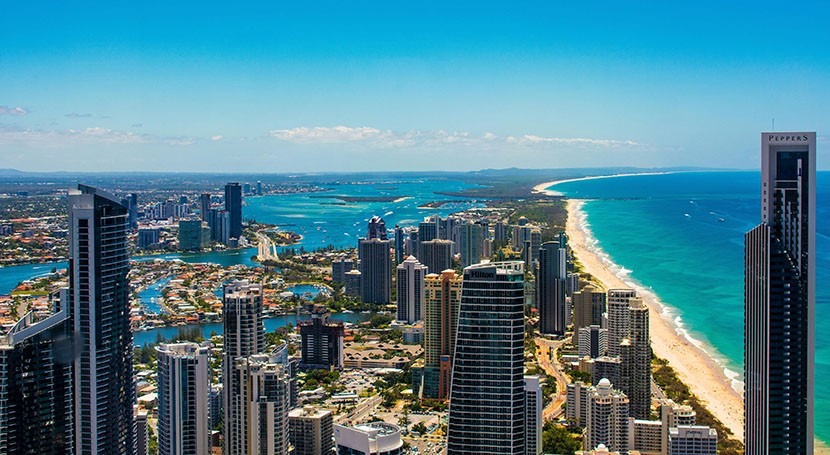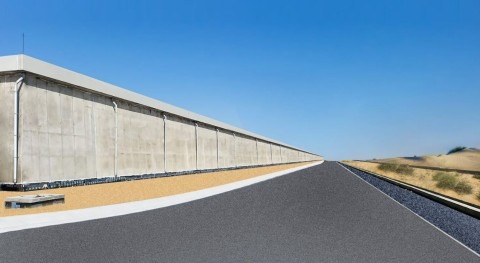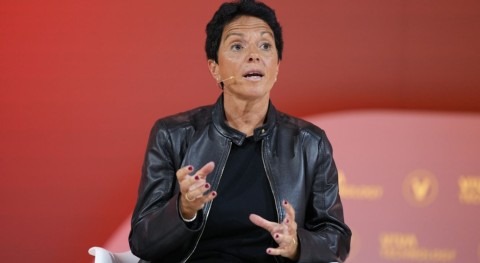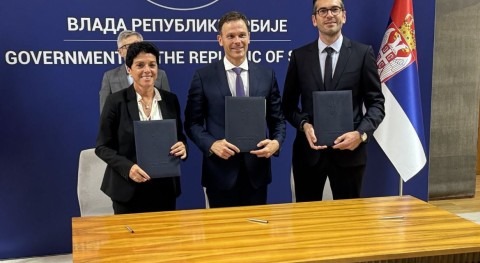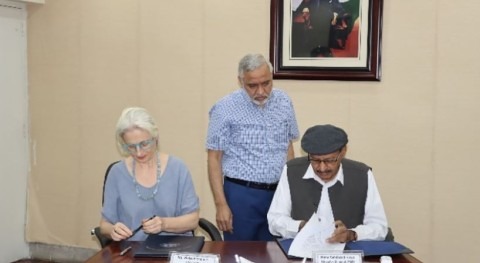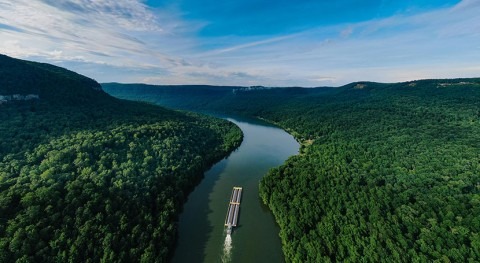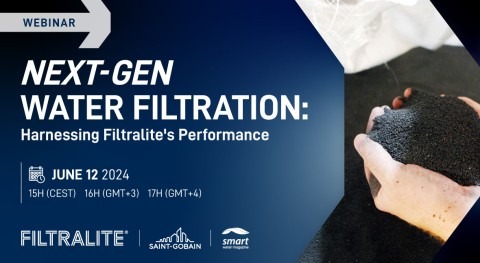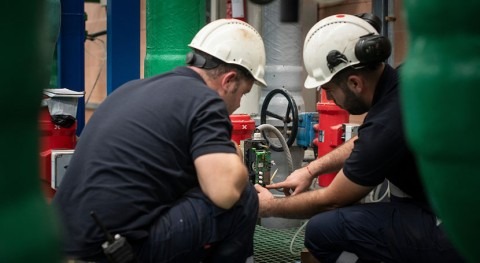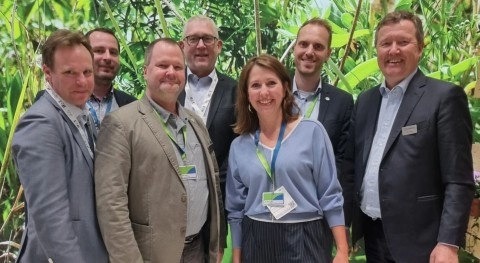Cairns Regional Council in Far North Queensland, Australia, is advancing its water infrastructure by deploying Itron’s cutting-edge water connectivity and analytics solution. This move, which involves the integration of Intelis wSource NB-IoT water meters with the existing Itron Temetra digital platform, marks the second phase of the city's ambitious water distribution system upgrade.
This initiative, part of the broader modernization of Cairns’ water distribution system, expands on the first phase that introduced Intelis ultrasonic water meters and an integrated IoT network solution.
In this second phase, more Intelis smart water meters are being deployed, managed by the Temetra platform, to enhance the collection, tracking, and management of water data from various endpoints.
“Water scarcity on the rise globally and adopting a proactive approach to deploying a fully integrated water AMI solution serves as an example for other utilities and municipalities to ensure that their water infrastructure is built to address challenges they will face in the future,” commented Don Reeves, senior vice president of Outcomes at Itron.
Over the next three year, this solution will be an integral part of the Council’s water security plan, which aims to use digitalization to more quickly identify water leaks and improve the customer experience.
New Zealand embraces next-generation smart water metering
In New Zealand, a new partnership between telecommunications giant Spark IoT and Iota, a subsidiary of South East Water in Victoria, is set to revolutionise smart water meter management. This collaboration introduces Iota’s Lentic IoT water meter data management and analytics platform alongside the latest in smart water meter technology.
The Lentic platform, which originated at South East Water, manages 93,000 digital devices and is expected to expand to 1 million within five years. It has already been deployed in various projects, including a 68,000 smart meter rollout for Toowoomba Regional Council in Queensland and a similar initiative for Barwon Water in Victoria.
Daniel Sullivan, CEO of Iota, highlighted that Lentic was designed by a water utility, incorporating built-in rules and alarms to ensure data validation and support diverse use cases like automated customer leak notifications.
“As water authorities deploy large numbers of IoT devices to monitor water and wastewater networks, it is critical to manage the devices and to be able to trust the unprecedented volumes of data coming in. Water is our most precious resource, and the best way we can protect it is to be able to accurately monitor it and the networks in which it flows.”


